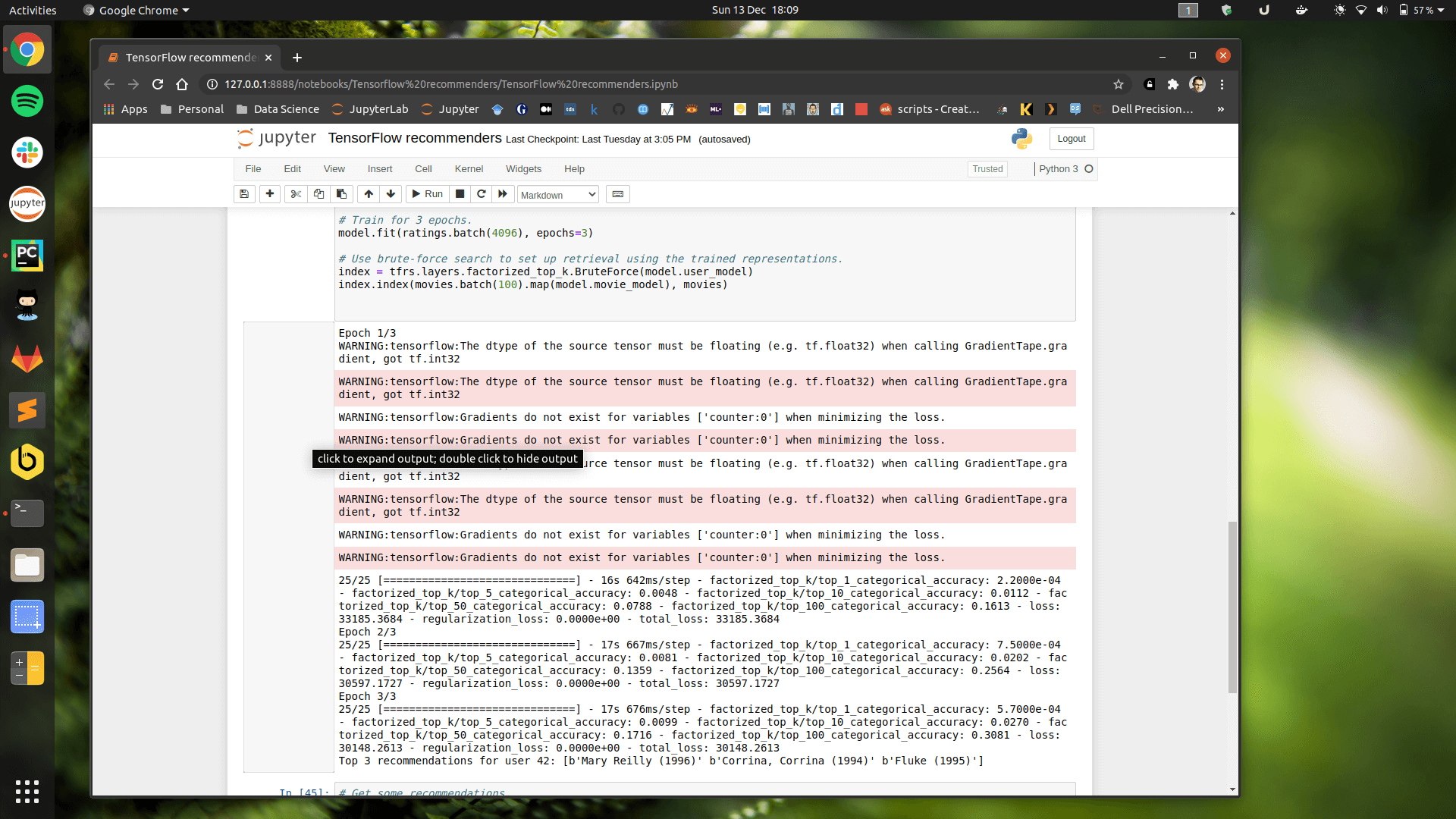


Now we’ll go through the steps to run it as a docker container.įirst we need to create a dockerfile. Let’s say you authored a notebook and it’s running fine locally. It specifies what all should the image contain - libraries, OS, files, env variables and so on. Dockerfile: It’s a file that specifies how the docker image should be built.Registry: A place to store docker images.Container: A running image is called a docker container.Image: Docker image is the actual executable package that contains the complete environment including OS, all the files, installed libraries and so on.Before we proceed, here are the basic building blocks of docker ecosystem you need to understand, Today, docker containers is THE standard format for running any software in a fully specified environment right down to the OS. If answer to any of the above is yes, then you should consider packaging your notebooks as a docker image. If you need to run your notebook on cloud machines.If you’d like to specify some environment variables (static or runtime).If you want to package data files as part of the executable environment.If your notebook has OS level dependencies e.g.If your notebook relies on specific python packages.
How to install jupyter notebook on docker how to#
In this blog post, we are going to show you how to capture the environment information in a docker image & how to run notebooks as a docker container. Primarily because there’s no way to capture environment information (OS, dependencies etc.) in a notebook. Reproducing the computational steps in your own or somebody else’s notebook is fraught with perils. Reproducible Jupyter Notebooks with Docker


 0 kommentar(er)
0 kommentar(er)
